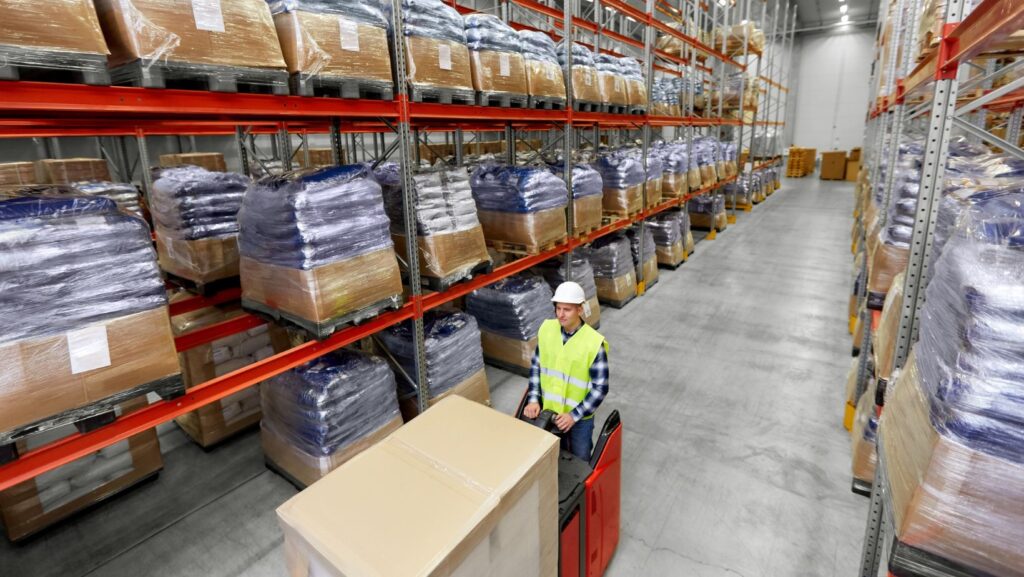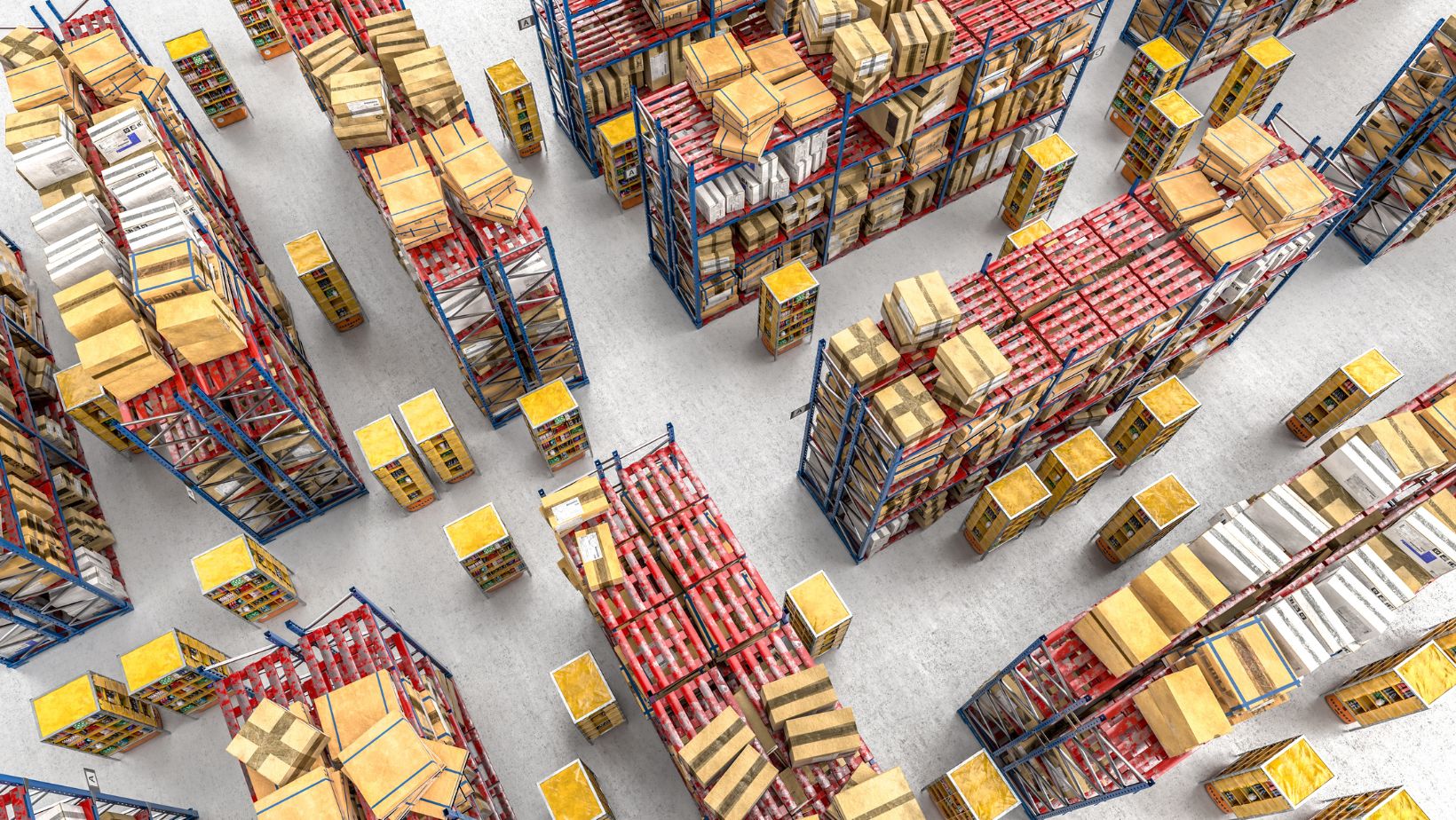
In the fast-paced world of modern supply chain management, efficiency and cost-effectiveness are paramount. One concept that has gained significant traction in recent years is lean warehousing. Lean warehousing is a set of principles and practices aimed at optimizing the storage, handling, and distribution of goods in a way that minimizes waste, maximizes productivity, and enhances customer satisfaction. This approach draws inspiration from lean manufacturing, a philosophy that has revolutionized industries by eliminating inefficiencies and non-value-added processes. In this comprehensive guide, we will delve into the core principles, strategies, and benefits of lean warehousing.
Understanding Lean Warehousing
To grasp the essence of lean warehousing, it’s essential to comprehend the fundamental concept of “lean.” Lean is all about delivering value while minimizing waste. In the context of warehousing, value pertains to the timely and accurate delivery of products to customers. Waste can manifest as excess inventory, idle workers, or inefficient workflows. Lean warehousing seeks to eliminate these wasteful elements and streamline operations.
Principles of Lean Warehousing
Lean warehousing is guided by several key principles, such as continuous improvement, respect for people, and a focus on customer value. Continuous improvement involves constantly seeking ways to optimize processes and eliminate waste.

Respect for people emphasizes the importance of engaging and empowering employees to contribute to improvement efforts. Customer value underscores the significance of aligning warehouse activities with customer needs and preferences.
5S Methodology
The 5S methodology is a foundational element of lean warehousing. It encompasses Sort, Set in order, Shine, Standardize, and Sustain. These steps help in organizing the warehouse, reducing clutter, and creating a clean and efficient workspace. The 5S methodology enhances productivity, safety, and overall warehouse performance.
Pull Systems
Lean warehousing often utilizes pull systems, like the Kanban system, to manage inventory. Rather than pushing products into the warehouse based on forecasts, a pull system responds to actual demand. This approach minimizes overstocking, reduces carrying costs, and ensures products are readily available when needed.
Just-In-Time (JIT) Inventory
Just-in-time inventory is a hallmark of lean warehousing. JIT aims to have inventory delivered to the warehouse only as it is needed, eliminating excessive stockpiling and reducing carrying costs. By receiving goods precisely when required, warehouse operations become more agile and cost-efficient.
Value Stream Mapping
Value stream mapping is a visual representation of the processes involved in delivering a product or service.

In lean warehousing, value stream mapping is used to identify and eliminate non-value-added activities, reduce lead times, and enhance overall efficiency.
Benefits of Lean Warehousing
Embracing lean warehousing can yield numerous benefits, including cost reduction, increased accuracy, shorter lead times, and improved customer satisfaction. Moreover, lean warehousing enhances the agility of the supply chain, allowing businesses to respond more swiftly to changes in demand.
Implementation Challenges
While lean warehousing offers substantial advantages, it’s not without challenges. Implementing lean principles often requires a cultural shift within an organization and may face resistance from employees accustomed to traditional practices. Additionally, adapting to fluctuations in customer demand can be complex, as lean warehousing relies on a finely tuned balance between supply and demand.
The Future of Lean Warehousing
As we contemplate the future of lean warehousing, it’s evident that this approach will play an increasingly vital role in the ever-evolving world of supply chain management. With the advent of advanced technologies such as artificial intelligence, the Internet of Things (IoT), and automation, lean warehousing is poised to become even more sophisticated and efficient. These technologies enable real-time data analytics, predictive maintenance, and autonomous material handling, further reducing waste and enhancing operational precision in warehouses. Additionally, the integration of sustainability practices within lean warehousing will be critical as the world’s focus on environmental responsibility continues to grow. The future of lean warehousing promises a fusion of cutting-edge technology, environmental consciousness, and relentless commitment to continuous improvement, ensuring that it remains at the forefront of supply chain excellence.
Conclusion
In conclusion, lean warehousing represents a paradigm shift in modern logistics, emphasizing the efficient use of resources, reduced waste, and an unwavering commitment to delivering value to the customer. By embracing lean warehousing principles and strategies, organizations can transform their warehouses into hubs of productivity and customer satisfaction, ultimately gaining a competitive edge in the global marketplace. As supply chains continue to evolve and adapt to new challenges, lean warehousing remains a cornerstone of success, ensuring that businesses meet the demands of the ever-changing landscape of commerce.







